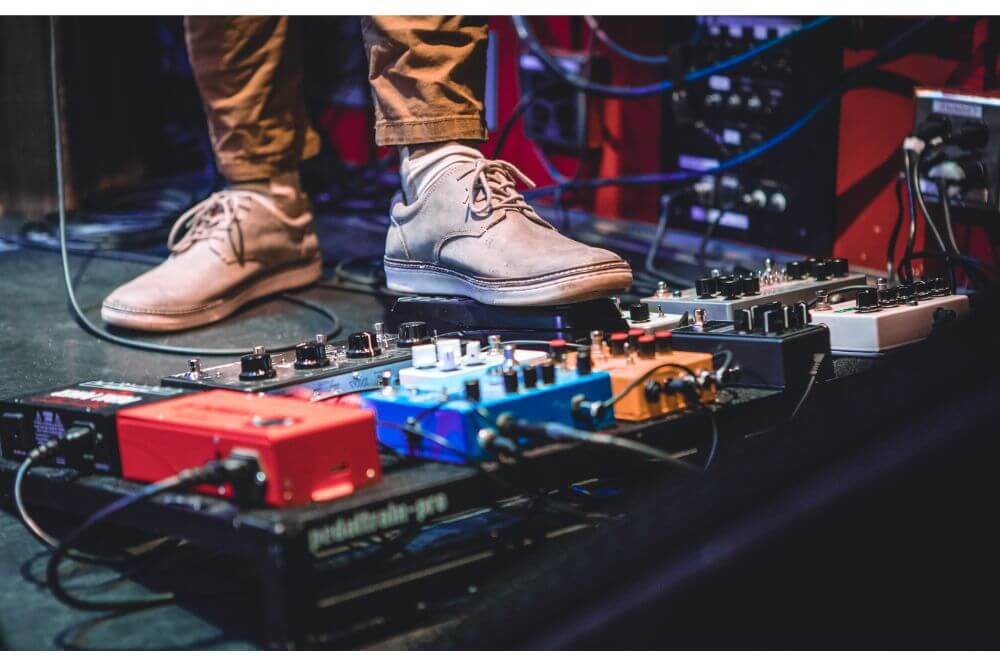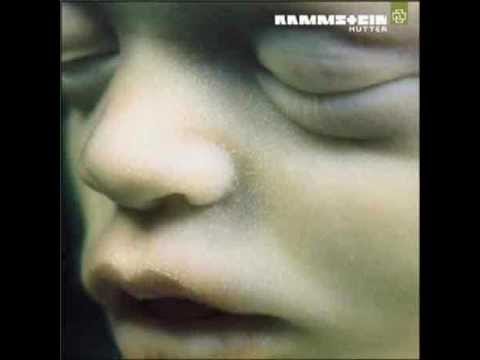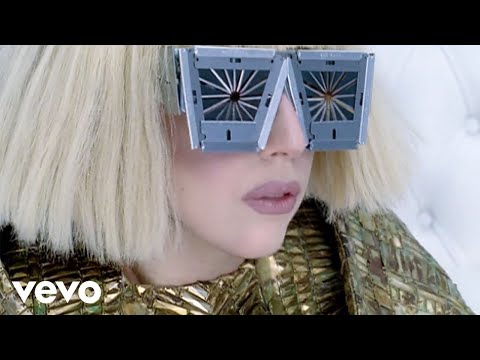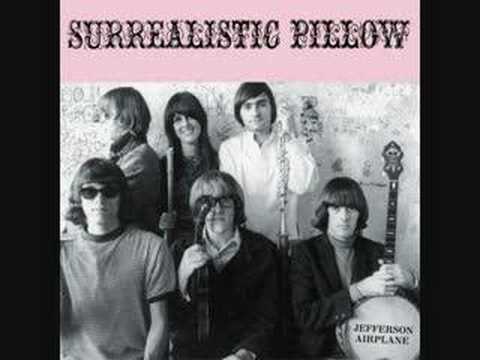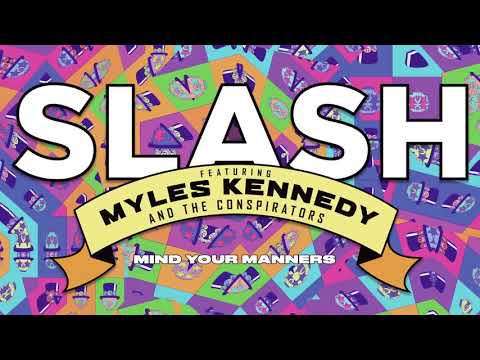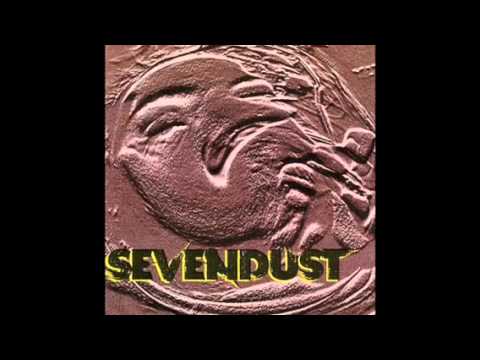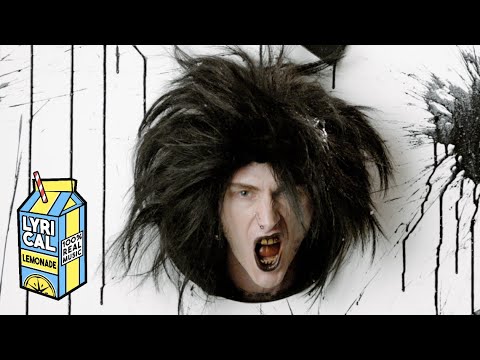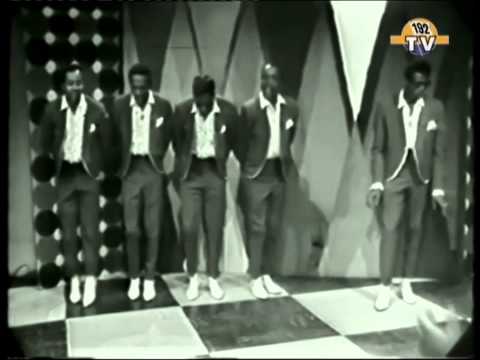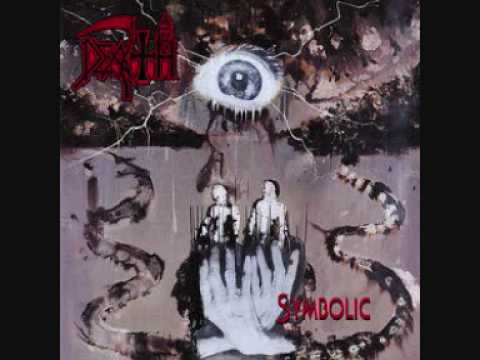There are thousands of different brands of guitar pedals floating out there on the market, each of them focused on several different ‘types’ of pedals. Not all guitar pedals are created equal, however. There are seemingly endless choices.
There are different pedals for different effects and playing styles. It can be challenging for a beginner to understand where to start with all of the different types, styles, and uses. Let’s look at the different types of guitar pedals and explore what they do.
What are Guitar Pedals?
Guitar pedals are electronic devices that plug into your guitar and your amplifier to allow you to change the sound, create distortions, or even allow you to replay the last few chords. Pedals allow musicians to explore all kinds of musical and non-musical effects on the guitar.
Different guitar pedals can be used for many different situations: making your guitar louder or quieter, adding a cool distortion, making it sound like you’re playing acoustic, or even repeating an entire chord progression.
Understanding the different types of guitar pedals will allow any guitarist to have better control over the dynamics of their guitar and the sound and creativity of their playing. While there are nearly 20 different types of pedals, we’ll take a look at the most popular pedals.
Delay Pedal
Delay pedals are used to replay a chord or note back to you, just like the pedal processed it the first time around. Depending on the settings on the pedal, a delay pedal can play a note back just once or multiple different times.
With a delay pedal, you can choose the strength and length of the feedback. There are plenty of uses for a delay pedal, and they are a popular tool for guitarists through a wide variety of genres and periods.
Boost Pedal
When using a boost pedal, a guitarist can increase the strength of the signal as it goes into the amplifier. It allows guitarists to make a single chorus or lead stand out without needing to use distortion to have a louder volume.
The pedal “pushes” the amplifier louder. There are several different types of boost pedals, like gain boosts, which are made for high-impedance guitar signals, and help boost the signal into the amplifiers.
Looper Pedal
A looper pedal is more of a tool that is helpful for new guitarists to really focus on building their skills rather than a pedal that can make a cool effect. Looper pedals allow a guitarist to record notes, riffs, or chord progressions and then play them back. It’s kind of like the delay but is much more helpful for building rhythm.
Essentially, the looper pedal records whatever you play and then plays it back for you, though it allows you to record multiple sections. This is great for when a guitarist needs it to sound like more than one guitar is playing.
Tuner Pedal
Just the way it sounds, a tuner pedal is used to tune a guitar. It’s a quick and easy way to get your guitar perfectly tuned, and it’s pretty much one of the primary and essential purchases for anyone serious about playing guitar.
A tuner pedal even allows the guitarist to cut the signal to the amplifier so that tuning can be done in peace and privacy. Accurate and instant tuning is a must for playing guitar, whether at home or during a live performance.

Chorus Pedal
Another excellent tool for the solo guitarist is the chorus pedal. With a chorus pedal, it actually allows you to make it sound like several different guitars are playing the exact same thing that you’re playing. It can be adjusted so that the guitars sound different and even adjusted so that the replay is slightly out of time with your playing.
The chorus pedal allows a guitarist to make it sound like two instruments are playing simultaneously and even offer modulation effects. This is an excellent pedal for guitarists looking to make experimental music.
Reverb Pedal
A reverb pedal is a dynamic pedal that allows a guitarist to mimic the acoustics of various spaces. For example, a reverb pedal can allow you to sound like you’re playing in a great hall while you’re just in your garage.
There are plenty of different styles and types of reverb, and for the most part, it is purely an aesthetic choice, and it depends on what you enjoy your playing to sound like. Reverb is one of the most popular effects in the entire music world, especially among guitarists.
Equalizer Pedal
A guitarist can affect their playing frequency with an equalizer or an EQ pedal. With an EQ, it’s effortless to correct tonal problems or even create new harmonies. Designed to allow players to tune the parameters of their sound, like treble, mids, and bass, EQs are usually used by more experienced guitarists who experiment with sound.
While more experienced guitarists usually use these, there’s no such thing as starting too early. An EQ pedal is a great way to experiment with sound, boost the treble, or build up the bass’s sound.
Overdrive Pedal
Much like this pedal’s name might imply, an overdrive pedal is used to give your amplifier a gritty signal. If you’ve ever cranked your amplifier up all the way, you’ll get a good picture of what an overdrive pedal can do to your sound.
This is a popular pedal among guitarists because it can give you that exciting “crunchy” sound to push the clean tone into the gritty one. This pedal works in accordance with how hard you pluck your strings as well, so some experimentation is required to get the perfect sound.
Compressor Pedal
Another tool pedal, the compressor, allows guitarists to control their guitar’s volume more readily. With a compressor pedal, a guitarist can choose a ratio and a threshold, and once that threshold is met, the guitar’s volume slowly begins to dial back.
It can sometimes be hard to notice how loud you get when playing guitar. With a compressor, guitarists can jam out without ever worrying about playing too loudly and ruining the sound quality because the compressor helps dampen the sound.
Why Use Guitar Pedals?
You may be wondering: what exactly is the point of using guitar pedals at all? Shouldn’t the sound of the guitar be good enough? For some people, this can be true. However, guitarists who use pedals do so to control, enhance, or even just manipulate their guitar’s sound to create more exciting music.
Sometimes, just playing the guitar flat out doesn’t allow guitarists to explore their intended sound. Some effects can be achieved with the guitar alone, but using a pedal makes it much easier to achieve that effect.
Pedals are also very practical. Pedals are small, portable, and easy to use. They’re tools for guitarists to use, and it certainly beats pulling out and carrying around more than one amp. Pedals can do all kinds of things that a guitarist simply can’t manage on their own.
And lastly, every guitarist has their own personality, and that personality shows through in their music. If all guitarists just played flat with their guitars, it might all start to sound the same. Pedals allow guitarists to explore the personality of their music and explore more creative freedom.
Think of pedals as different tools for creating a piece of art. Some artists make paintings with different types of paint. The same goes for guitarists and their pedals.
Types of Guitar Pedals for Beginners
If you’re new to playing and want to figure out which pedals you should get, we’ve got your back. Beginner guitarists should definitely look into getting a compressor pedal, as it’ll help control the volume of your guitar while you’re still getting the hang of playing. It always helps to have more control in the early stages.
Reverb and delay are another two great pedals for beginners to explore. They’re both easy to use and allow new guitarists to explore their creative side. Reverb adds more space to your sound, while delay allows you to inject a bit of your own personality into your playing.
Of course, the pedals you choose will be based on what you are looking at doing. Are you trying out different pedals for lead guitar or indie rhythm guitar? Are you playing on stage or in your bedroom? These will all impact your choice.
Conclusion
There are so many different types of guitar pedals that can be used as both mechanical and creative tools. Guitarists use pedals to make playing easier and explore the depths of their musical creativity. Some pedals are better for beginners, while others are well known among the experts.
We’ve explored nine different guitar pedals in this article, though there are plenty more for guitarists to experiment with. These pedals range from tool pedals like tuners to creative pedals like reverb and chorus. Each of these pedals has its place among guitarists, from amateurs to rockstars.
